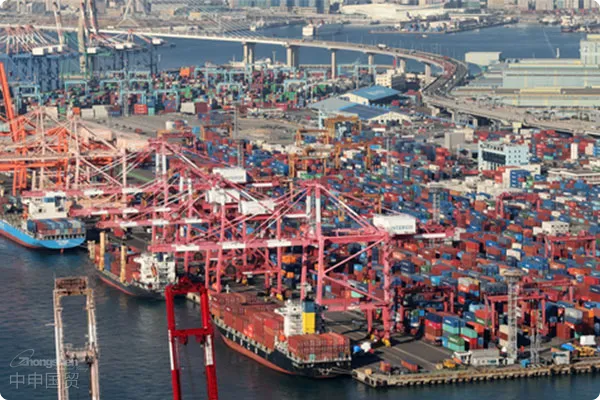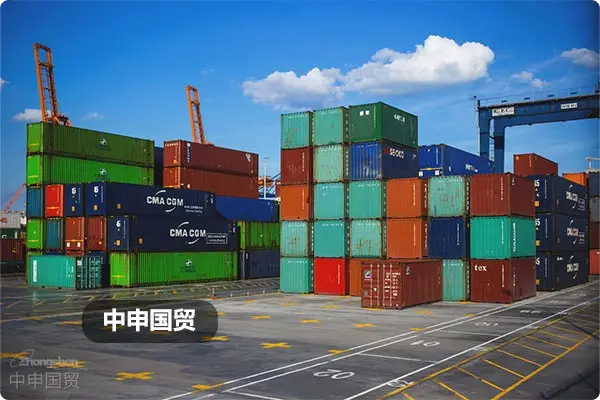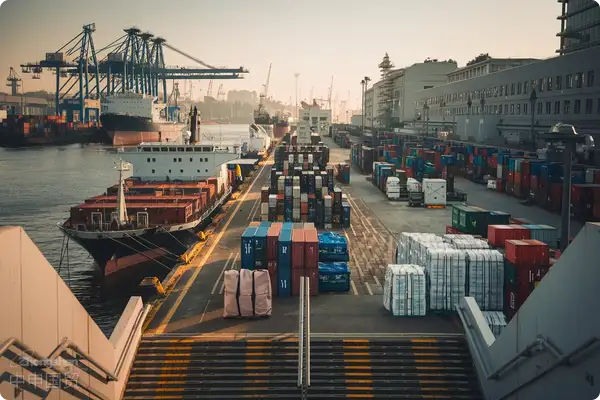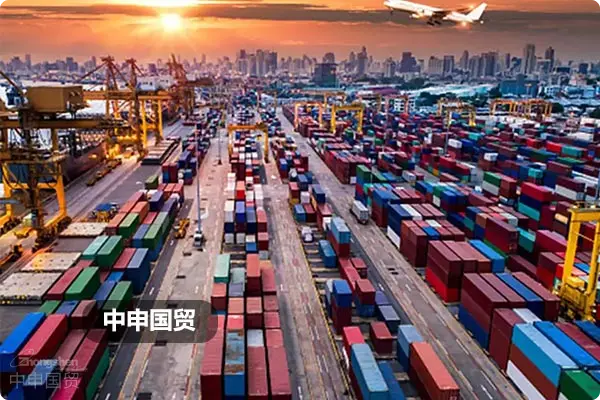- Shanghai Zhongshen International Trade Co., Ltd. - Two decades of trade agency expertise.
- Service Hotline: 139 1787 2118
Today, lets discuss a frequently debated question in logistics—should you opt for LCL (Less than Container Load) or FCL (Full Container Load)? While this may sound straightforward, the strategic and cost considerations behind it are actually quite complex. In logistics decisions, we must consider not only the apparent freight costs but also evaluate various additional fees, customs clearance convenience, cargo safety, and the overall customer experience. Therefore, lets delve into this topic with practical insights and industry experience to help you make optimal choices under different circumstances.foreign tradeclassic logistics dilemma and assist everyone in making the best choice under varying conditions.
The Flexibility and Potential Risks of LCL
First, the answer is actually quite flexible. If youre willing, shipping 100 cubic meters via LCL is entirely possible. Of course, LCL offers flexibility—on certain routes, some additional fees can even be deferred to the destination port, meaning the shipper might not pay anything domestically and could even receive some refunds. Sounds tempting, right? But dont celebrate too soon—these hidden costs will eventually result in substantial customs clearance fees for the consignee at the destination port, commonly referred to as exorbitant freight forwarder fees. If you dont care about your customers experience, this approach might leave them groaning in frustration, which is clearly detrimental to long-term partnerships.
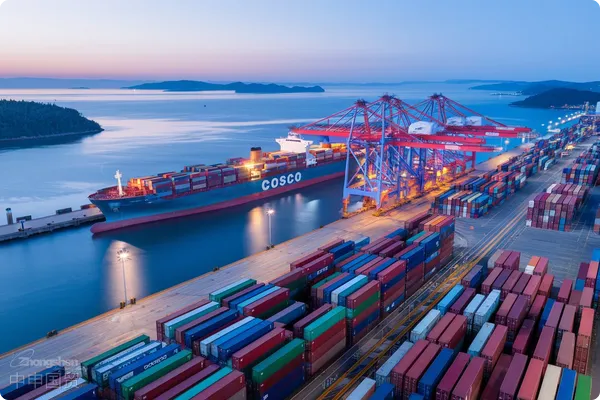
The Advantages of FCL and When to Choose It
However, LCL isnt always the optimal solution. Based on industry experience, when cargo volume exceeds 8 to 9 cubic meters, LCL costs gradually become less economical. Why? Because when your cargo reaches 10 cubic meters, the total LCL cost is roughly equivalent to that of a 20-foot container (FCL). In that case, why not opt for FCL directly?
FCL not only offers relatively fixed costs but also avoids opaque additional fees at the destination port, making the entire logistics process smoother and more controllable. Additionally, FCL provides better cargo safety, reducing risks like splitting, damage, or loss during LCL handling—this is especially critical for high-value or environmentally sensitive goods.
How to Make the Right Choice
So, the choice depends on your specific needs. If your shipment is small, cost-sensitive, and doesn’t require high timeliness or transparency, LCL may be suitable—especially when additional fees can reasonably be passed to the consignee, who is willing to bear them. However, when cargo volume approaches FCL capacity, opting for FCL is the wiser choice—it’s not only cost-effective but also avoids unnecessary disputes and high fees from LCL. Moreover, FCL typically offers more reliable time efficiency, reducing waiting periods caused by LCL consolidation and making the shipping process more predictable, ideal for time-sensitive business scenarios.
The Art of Balance in Foreign Trade Logistics
Choosing logistics in foreign trade is like a delicate balancing act—you must consider both your own costs and your customer’s experience and partnership. After all, logistics decisions aren’t just about economics; they’re a critical factor in customer satisfaction and long-term business growth. We hope this article helps you better understand the LCL vs. FCL dilemma and find the best shipping solution for your needs.
Remember, the optimal choice always balances cost and customer satisfaction—not just maximizing one aspect at the expense of the other. In the complex world of foreign trade, sound strategies often lead to the most stable partnerships and lasting profits.
Related Recommendations
? 2025. All Rights Reserved. 滬ICP備2023007705號(hào)-2  PSB Record: Shanghai No.31011502009912
PSB Record: Shanghai No.31011502009912

